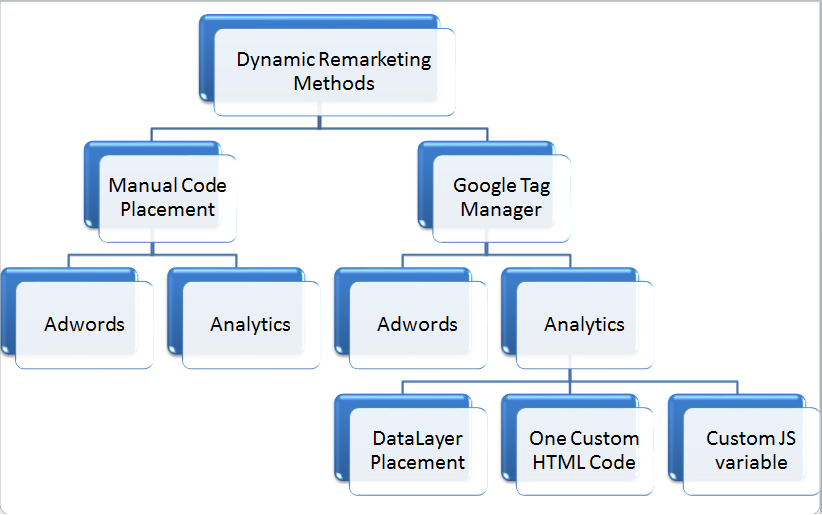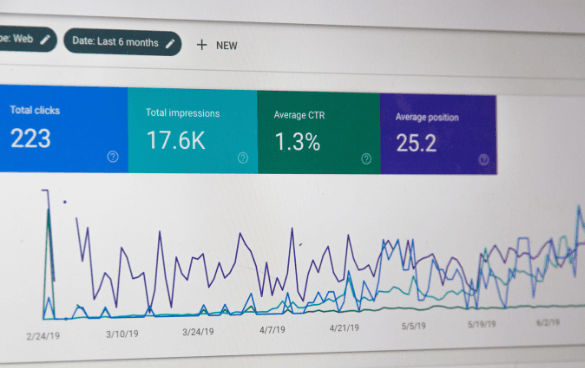Efficient Methods for Remarketing In Google Analytics
Efficient Methods for Remarketing In Google Analytics
Blog Article
Maximize Your ROI With Remarketing in Google Analytics
By harnessing the power of individual information and customizing ads to details audience segments, businesses can substantially amplify their conversion rates. The journey to making the most of ROI through remarketing is a nuanced course led with understandings and opportunities that can reshape the trajectory of your marketing undertakings.
Understanding Remarketing in Google Analytics
Understanding remarketing in Google Analytics is essential for optimizing your digital advertising strategy. Remarketing permits you to target users that have formerly visited your web site or connected with your application, presenting them with customized advertisements as they surf various other sites or make use of various other apps within the Google Present Network. This approach assists keep your brand name top of mind and encourages individuals to return to your site, inevitably enhancing the likelihood of conversion.
By making use of Google Analytics, you can track the efficiency of your remarketing projects, gaining important insights into user actions, involvement, and conversions. This information allows you to fine-tune your messaging, targeting, and bidding approaches to improve the overall efficiency of your campaigns.
Furthermore, recognizing the various types of remarketing listings readily available in Google Analytics, such as standard, vibrant, and similar target markets, permits you to develop individualized and very fractional campaigns customized to particular user sections. This level of granularity can dramatically enhance the relevance and effect of your remarketing efforts, ultimately optimizing your roi.
Establishing Remarketing Listings
To successfully carry out remarketing projects in Google Analytics, the first step includes creating and setting up remarketing checklists targeting certain user sectors based on their interactions with your internet site or application. By establishing remarketing lists, you can tailor your advertising efforts to reach individuals who have actually currently shown passion in your product and services.
To start, browse to the Admin section of your Google Analytics account and choose the Home where you wish to produce the remarketing checklist. Under the Residential property column, click on 'Target market Definitions' and pick 'Audiences.' Next, click on the red 'New Target market' switch and pick 'Develop New' to define the criteria for your remarketing list.

Crafting Reliable Remarketing Ads
When crafting your ads, concentrate on developing eye-catching headlines and compelling visuals that stand out to prospective clients. Integrate strong calls-to-action that motivate users to revisit your website and finish a preferred activity. Make use of vibrant remarketing to reveal individualized advertisements featuring product and services that individuals have formerly seen on your website.
In addition, guarantee that your ads are mobile-friendly because a substantial portion of web traffic originates from smart phones. Examination different ad variants to recognize anchor which designs and messages drive the most effective outcomes. By continually refining and maximizing your remarketing advertisements based upon efficiency information, you can optimize their effectiveness and enhance your roi.
Analyzing Remarketing Performance

Through Google Analytics, online marketers can track the performance of their remarketing campaigns in real-time, enabling them to identify fads, more patterns, and locations for renovation promptly. By examining the data, marketers can establish which ads are carrying out well, which audience sections are reacting positively, and which networks are driving one of the most conversions. This degree of granularity enables marketing professionals to make data-driven choices to maximize their remarketing projects for far better results.
Maximizing ROI With Remarketing
Examining remarketing information in Google Analytics makes it possible for online marketers to pinpoint opportunities for enhancing roi (ROI) via critical changes - What Is “Remarketing” In Google Analytics?. To optimize ROI with remarketing, it is critical to comprehend the habits of your audience. By examining individual communications, such as the web pages they checked out, the items they checked out, or the actions they took on your site, you can customize your remarketing campaigns better
Segmenting your audience based upon their actions allows you to develop individualized and targeted advertisements that are a lot more most likely to resonate with them. By revealing relevant ads to specific segments of your target market, you can enhance the opportunities of conversion and eventually enhance your ROI.
In addition, examining various ad creatives, messaging, and deals can assist determine what reverberates ideal with your target market. A/B testing permits here are the findings you to explore various aspects of your ads to identify what drives the greatest interaction and conversion rates.
Conclusion
To conclude, making the most of ROI with remarketing in Google Analytics needs a calculated method to evaluating customer actions, segmenting audiences, producing tailored ads, and maximizing campaign efficiency. By leveraging data-driven insights and testing different approaches, services can enhance their remarketing initiatives to drive higher interaction and conversion rates. This organized strategy guarantees that resources are successfully allocated towards making the most of returns on financial investment in remarketing projects.
Next, click on the red 'New Audience' switch and choose 'Produce New' to specify the criteria for your remarketing checklist.
By continually refining and maximizing your remarketing advertisements based on performance data, you can maximize their efficiency and enhance your return on financial investment.
By delving into these understandings, marketers can obtain a comprehensive understanding of just how their remarketing efforts are reverberating with their target audience and driving conversions. To make the most of ROI with remarketing, it is vital to comprehend the habits of your audience.In final thought, maximizing ROI with remarketing in Google Analytics needs a critical method to analyzing individual actions, segmenting target markets, producing customized advertisements, and optimizing project performance.
Report this page